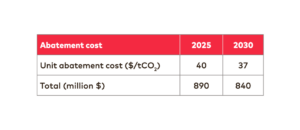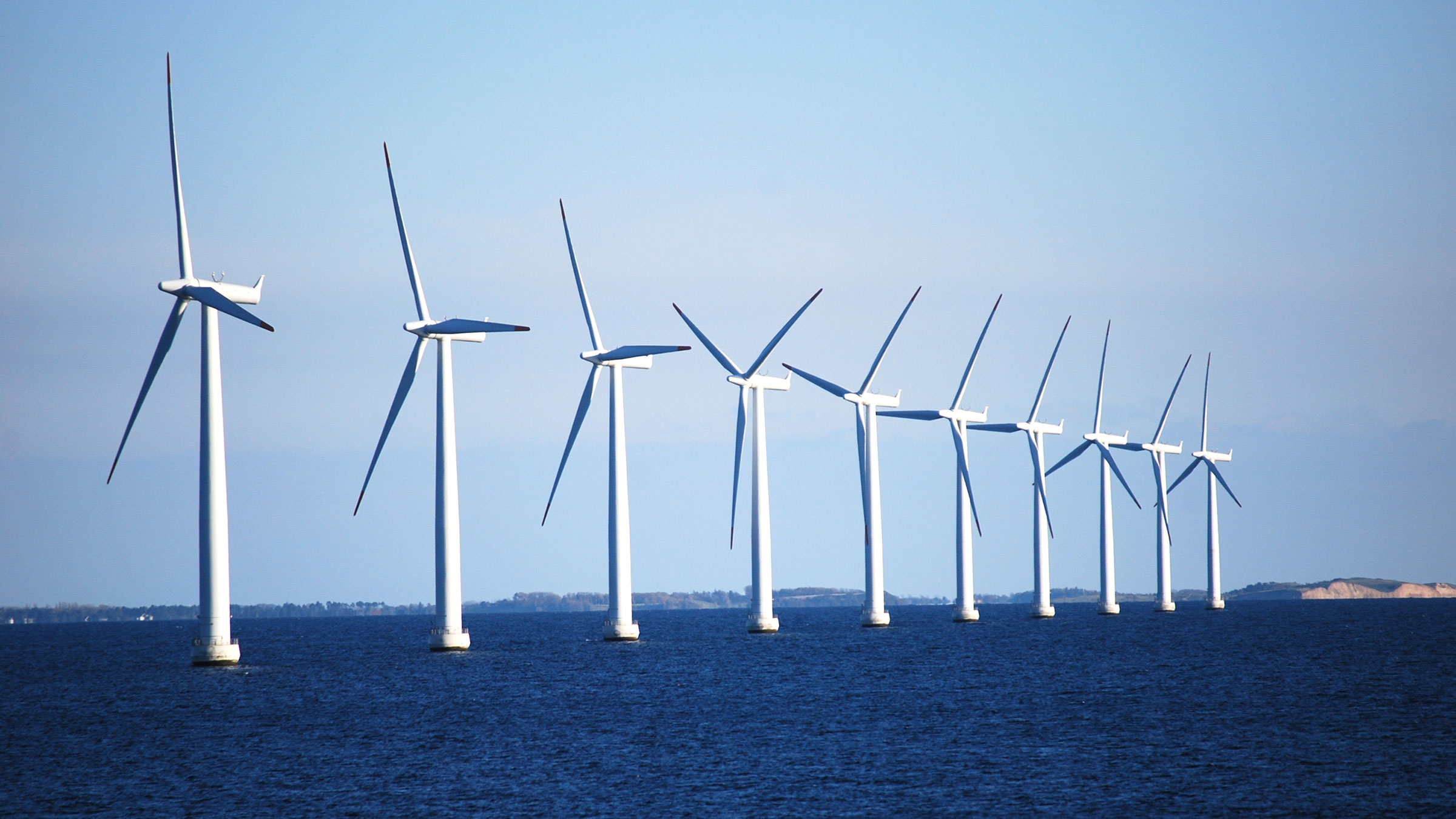Climate impact
In 2014, Denmark produced 5.2 TWh electricity with offshore wind. This covers 14% of the domestic demand and represents 5% of the technical offshore potential in the country.
If other countries in OECD Europe, North America, Oceania and Asia were to reach the same level of their technical potential by 2030, this would increase offshore wind production by 64 TWh in 2025 and 72 TWh in 2030. This, in turn, would cut emissions 22 Mt in 2025 and 2030. The figure is relatively low as countries are expected to build fairly large amounts of offshore wind already in the baseline scenario.

Success factors
Denmark has been an early mover on offshore wind. The country currently produces more than 40% of its electricity from wind power, of which 2/5 comes from offshore wind. The offshore share is also growing.
To promote offshore wind, the Danish government has auctioned large-scale offshore wind parks with a price ceiling conducive for private sector engagement. Separately the government has guaranteed financing for grid connections from offshore wind parks.
Although more expensive than onshore wind, offshore wind has two major advantages. First, wind speeds offshore are higher and less variable than onshore, which leads to more electricity produced and a lower need for balancing power. Second, placing wind parks offshore reduces the demand for economically valuable land onshore as well as opposition due to noise or visual impacts.
“Offshore wind provides more stable power production with less noise and visual impacts than onshore wind.”
Costs
The abatement cost is estimated to be 37 $/tCO2 in 2030. In total, scaling up the solution would cost $840 million in 2030.


Co-benefits
The co-benefits of offshore wind are largely the same as for onshore wind, although it may require importing more technology and personnel. Offshore wind can
- cut harmful air pollution
- reduce reliance on fuel imports
- improve energy security
Barriers and drivers
Offshore wind faces many of the same barriers and drivers as onshore wind. Compared with onshore, offshore has been significantly more expensive, thus requiring public support. However, costs have recently plummeted with the cheapest offshore project in Denmark selling electricity at less than 60 €/MWh.
Wind speeds are generally more stable offshore reducing the barriers related to balancing the production. On the other hand, connecting offshore wind parks to the grid and operating the parks can be more challenging and costly than for onshore.

















RELATED SOLUTIONS